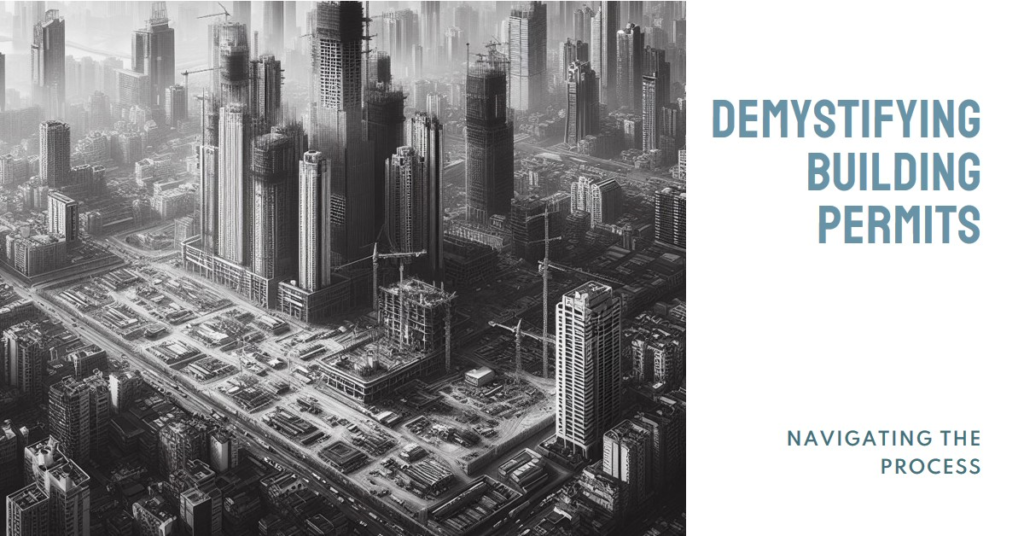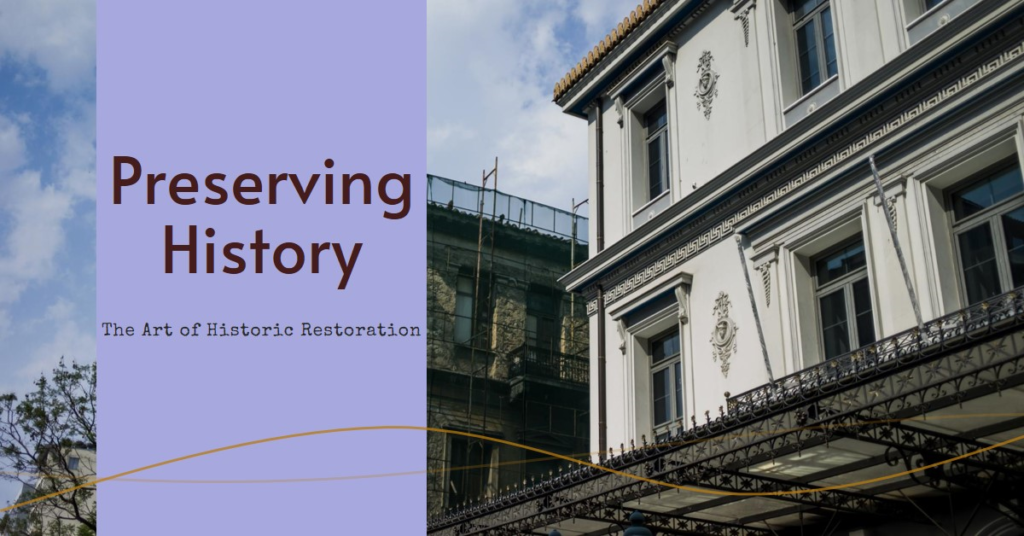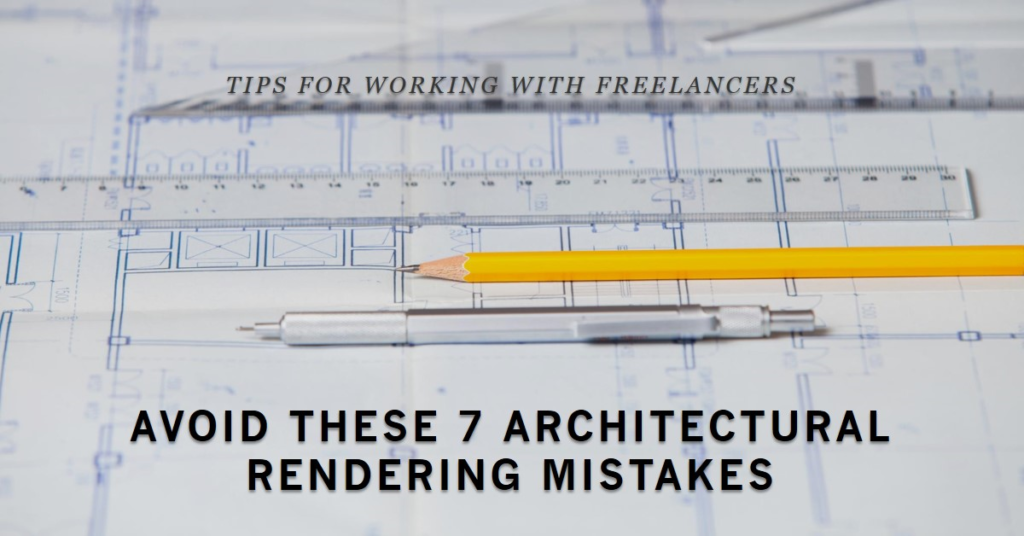
Table of Contents
Introduction
Navigating the process of obtaining building permits can often seem like entering a labyrinthine maze of regulations, paperwork, and bureaucratic procedures. However, understanding the fundamentals and knowing how to efficiently navigate through the process can make it significantly more manageable. In this guide, we will demystify building permits, shedding light on the steps involved, common misconceptions, and essential tips for a smoother experience.
Understanding Building Permits
Building permits serve as official permission from local authorities to commence construction, renovation, or any significant alteration to a property. They ensure that proposed projects comply with safety codes, zoning ordinances, and other regulations aimed at safeguarding public health and welfare. Obtaining a permit is not merely a formality but a crucial step in the construction process, providing assurance that projects meet legal and safety standards.
Importance of Building Permits
While it may be tempting to bypass the permit process to save time or money, doing so can have severe consequences. Unauthorized construction can result in costly fines, legal liabilities, and even forced demolition of the project. Moreover, buildings constructed without proper permits may face challenges during resale or refinancing, as they lack documentation of compliance with building codes. By obtaining permits, property owners not only ensure legal compliance but also protect their investment and the safety of occupants.
Navigating the Permit Process
The permit process typically begins with thorough research and planning. Identify the specific requirements and regulations governing your project, including zoning restrictions, setback requirements, and applicable building codes. Engage with local authorities early in the planning stages to gain clarity on permit requirements and streamline the process. Additionally, hiring experienced professionals such as architects, engineers, or contractors familiar with local regulations can facilitate the permit application process.


Preparing the Application
Once you have a clear understanding of permit requirements, gather all necessary documentation and prepare your application diligently. This typically includes detailed architectural plans, engineering drawings, project specifications, and any other relevant documents specified by local authorities. Ensure that your application is complete and accurate to avoid delays or rejection. Double-check all forms and submissions for accuracy and compliance with local regulations before submitting them.
Submission and Review Process
After submitting your permit application, it undergoes a thorough review by relevant departments or agencies. During this stage, officials assess the proposed project’s compliance with building codes, zoning regulations, and other applicable laws. Depending on the complexity of the project and local regulations, the review process may take several weeks or even months. Be prepared to address any questions or concerns raised during the review promptly, providing additional information or revisions as necessary.
Approval and Issuance
Upon successful completion of the review process, you will receive approval for your permit application. This grants you official permission to proceed with the proposed construction or renovation project. Ensure that you understand any conditions or stipulations attached to the permit, such as inspection requirements or adherence to specific construction timelines. Once the permit is issued, prominently display it at the construction site as required by local regulations.
Inspections and Compliance
Throughout the construction process, local authorities conduct inspections to verify compliance with approved plans, building codes, and safety standards. These inspections typically occur at key milestones, such as foundation, framing, electrical, plumbing, and final inspections. It is essential to schedule inspections in advance and ensure that the work meets all requirements before proceeding to the next phase of construction. Failure to pass inspections can result in delays and additional expenses, so prioritize compliance from the outset.
Completion and Final Approval
Once construction is complete and all required inspections have been passed, you can request a final inspection for approval of the finished project. During this inspection, officials verify that the construction meets all applicable codes and regulations, ensuring the safety and integrity of the structure. Upon successful completion of the final inspection, you will receive final approval for the project, confirming compliance with all permit requirements. Celebrate this milestone and enjoy the satisfaction of a successfully completed construction project.
Conclusion
Navigating the process of obtaining building permits may seem daunting at first, but with the right knowledge and preparation, it can be a manageable and even rewarding experience. By understanding the importance of permits, diligently preparing your application, and adhering to all regulations and inspection requirements, you can ensure a smoother and more successful construction process. Remember, building permits are not obstacles but essential safeguards that protect both property owners and the community at large. Embrace the permit process as an opportunity to demonstrate your commitment to quality, safety, and compliance in construction endeavors.


